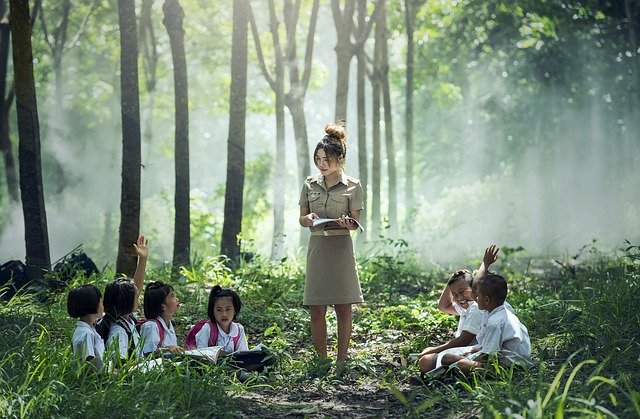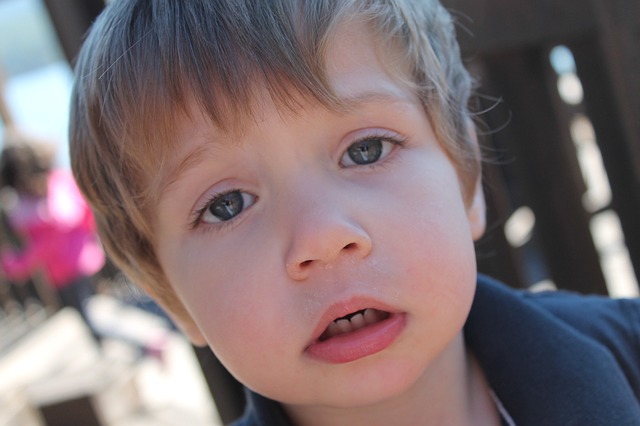There are many people offering ways to manage anxiety and fear in these times of uncertainty brought on by the global Coronavirus. Psychologist Rick Hanson, for example, provides multiple online mindfulness resources including the Wise Brain Bulletin. In the latest issue (Volume 14.2), Kristin Neff and Chris Germer offer 10 self-compassion practices for self-management during this time of the pandemic. Self-compassion is about being compassionate towards ourselves despite our mistakes, deficiencies and perceived weaknesses. It takes time and effort to build self-compassion, particularly if we are used to negative self-talk, berating ourselves for our mistakes or constantly comparing ourselves to others (and coming up short in our own estimation).
Elsewhere, Kristin provides a video explanation of the concept of self-compassion, discusses the three components of self-compassion and offers exercises on how to develop each of these. She also offers a range of guided meditations and exercises on the website for the Center for Mindful Self-Compassion. Kristin and Chris are co-developers of the Mindful Self-Compassion (MSP) Program designed for those who want to explore more fully the richness of this mindfulness approach. They are very well qualified to teach mindfulness and compassion (for ourselves and others).
Additional Approaches to developing self-compassion
There are multiple resources and exercises available to help you build self-compassion. Some that are very accessible and easy to use are:
- Compassionate body scan: a 20-minute progressive body scan that focuses attention on different parts of the body and treats each part of the body with kind awareness and tension release. The guided body scan is offered in separate audio recordings by both Kristin and Chris.
- Mood tracking: an essential element in building the self-awareness necessary for developing self-compassion and improved mental health. There are many mood tracker apps that help you identify your triggers and enable you to gain control over your emotional responses. Steve Scott provides a review of the 14 best mood tracker apps available today. These apps provide a ready means of tracking stimuli and your responses in terms of moods/feelings.
Reflection
Self-compassion is the antidote to negative self-evaluation, just as gratitude and savouring what we have reduces competitive comparison and envy. As we grow in mindfulness and self-compassion through meditation, mindfulness practices/exercises and reflection on the triggers that precipitate our strong emotional responses, we can progressively develop self-intimacy and the self-regulation necessary to identify our negative triggers and control our responses.
____________________________________________
Image by Stephen Cruickshank from Pixabay
By Ron Passfield – Copyright (Creative Commons license, Attribution–Non Commercial–No Derivatives)
Disclosure: If you purchase a product through this site, I may earn a commission which will help to pay for the site, the associated Meetup group and the resources to support the blog.







